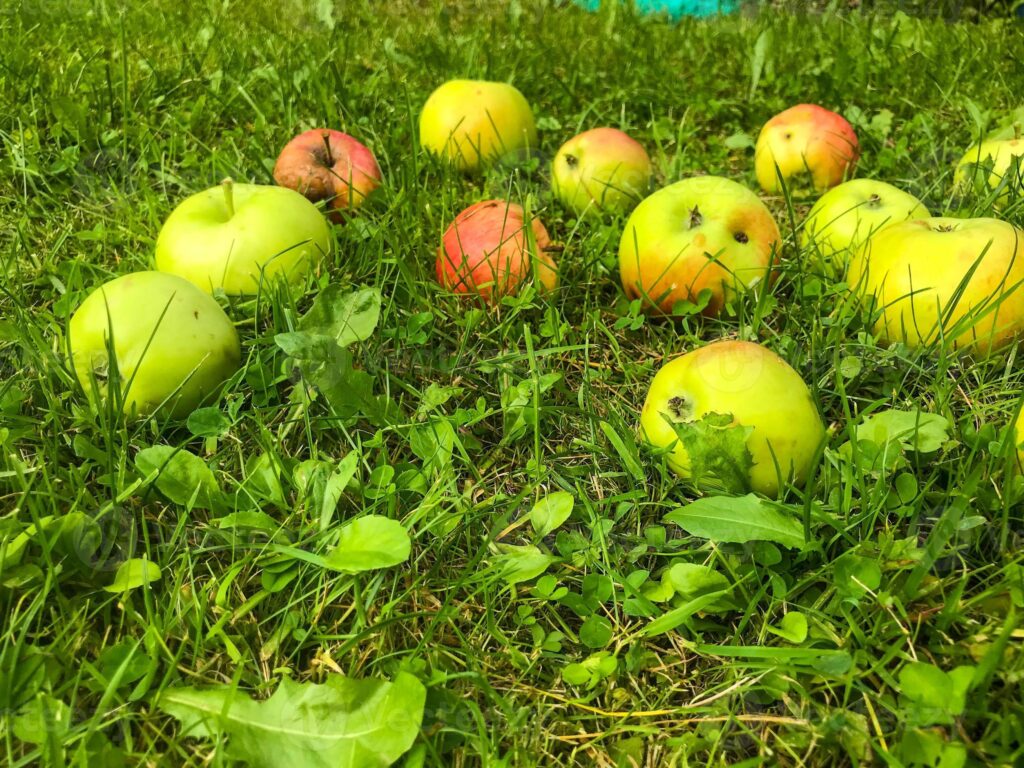
We’ve all been there — standing in the grocery aisle, squinting at the small print on “eco-friendly” labels, trying to make the best choice for the planet. The rise of green eating trends, from plant-based burgers to “ethically sourced” quinoa, has swept through modern consciousness like a wildfire.
It promises to save the environment, your health, and maybe even your soul. But is it really that simple? As with many trendy movements, the surface-level benefits of green eating hide some darker, messier truths.
The Mirage of Plant-Based Superiority
It’s easy to get caught up in the kale-waving, avocado-toast-eating frenzy, believing that going green on your plate is a no-brainer for saving the planet. After all, isn’t a meatless burger better for the environment than a beef patty? Well, yes, but also no.
Here’s where things get murky. A Beyond Meat burger, for example, may boast lower carbon emissions than beef, but producing plant-based substitutes still requires significant resources. The process involves industrial farming of crops like soy, which can lead to deforestation, monocropping, and heavy pesticide use.
If you’re picturing smiling farmers plucking soybeans under a gentle sun, think again. The reality is more akin to giant machines mowing through endless rows of soy fields. In some cases, the environmental footprint of this industrial plant production is just as damaging as traditional animal agriculture.
In fact, some experts argue that these alternatives might be a band-aid solution rather than a genuine fix. As the proverb says, “You can’t make a silk purse out of a sow’s ear,” and perhaps we shouldn’t be trying to remake nature into a food lab experiment.
The Global Food Chain’s Hidden Toll
Let’s talk about transportation, shall we? That shiny “organic” kiwi you picked up from the store might be pesticide-free, but guess what? It traveled halfway across the globe, racking up more air miles than your last vacation.
This brings us to the concept of food miles — the environmental cost of transporting goods from farm to fork. While the trend toward “eating green” may reduce some carbon emissions, we forget about the dirty little secret of long-distance shipping, especially when we’re buying exotic superfoods that don’t even grow locally.
Quinoa is a classic example. This South American grain, once a staple for Andean farmers, exploded onto the global health food scene a few years back. However, the skyrocketing demand caused prices to soar, making it less accessible for the very people who rely on it for sustenance.
What was once a humble, locally consumed crop now caters to affluent eaters in the West, leaving the farmers in a food crisis. It’s a perfect illustration of the road to hell being paved with good intentions. So much for the feel-good glow of that quinoa salad.
Greenwashing and the Ethics Trap
And don’t get me started on greenwashing. Companies slap eco-friendly labels on products faster than you can say “sustainability,” but these labels often mean less than you think.
Terms like “natural,” “sustainable,” and “ethical” sound promising, but they’re often just marketing fluff. Sure, they make you feel better about spending $12 on a tiny bag of organic granola, but the actual impact? Let’s just say the devil’s in the details.
The chocolate industry is notorious for this. You may feel good about buying “fair trade” chocolate, but even those products can come from farms where workers are underpaid and overworked. The standards for ethical certifications are often vague, meaning that the reality behind the label may not match the pristine image you’ve been sold.
Local Isn’t Always the Answer
So what’s the solution? Should we all just eat locally grown carrots and call it a day? If only it were that simple. Local food systems, while reducing transportation emissions, can still be resource-intensive depending on where you live.
Growing tomatoes in a northern climate, for instance, requires greenhouses, which consume energy for heating and lighting. It’s not as if the planet gives you a pat on the back just for buying locally if the cost of maintaining that local system ends up doing more harm than good.
Here’s the kicker: the perfect sustainable diet doesn’t exist. What works in one region might be a disaster in another. And while it’s great to be conscious of what you eat, it’s important to recognize that there’s no magic bullet when it comes to saving the planet.
Beyond the Plate — What Really Needs Fixing?
You know that saying, “You can’t see the forest for the trees?” When it comes to green eating, we’re often so focused on individual food choices that we lose sight of the bigger picture.
Yes, your food choices matter, but what’s more important is addressing the systemic issues — industrial farming practices, food waste, overconsumption — that underpin our entire food system.
To truly make a difference, we need to look beyond the plate and demand more from policymakers, corporations, and ourselves. It’s not just about swapping out your burger for a plant-based patty.
It’s about asking hard questions: How is my food grown? How far has it traveled? What are the long-term environmental and social costs of this choice?
Wrapping It All Up (in Compostable Packaging, Of Course)
So, where does that leave us? The green eating movement isn’t entirely a sham, but it’s certainly not as clean as it claims to be. Like many things in life, it’s messy, complex, and filled with trade-offs.
Sure, ditching meat once in a while and opting for plant-based options is a step in the right direction. But don’t let the bright green marketing fool you into thinking you’re saving the world one kale chip at a time.
The future of sustainable eating is not about following a one-size-fits-all model. It’s about being mindful, doing your research, and understanding that every choice — no matter how small — has ripple effects. And hey, if we mess up? Well, let’s remember: Rome wasn’t built in a day, and neither will our perfect eco-diet.
Until then, enjoy that $8 organic smoothie… but maybe don’t pat yourself on the back too hard.


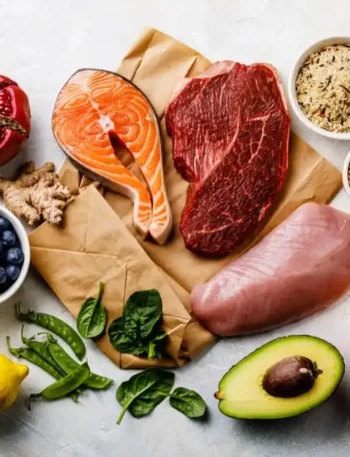
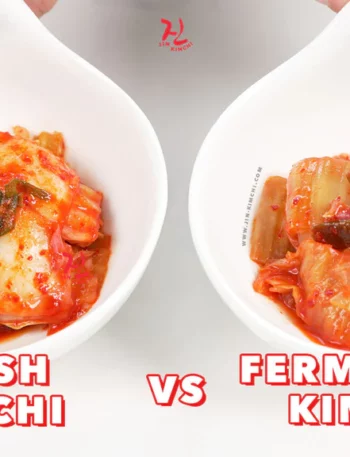

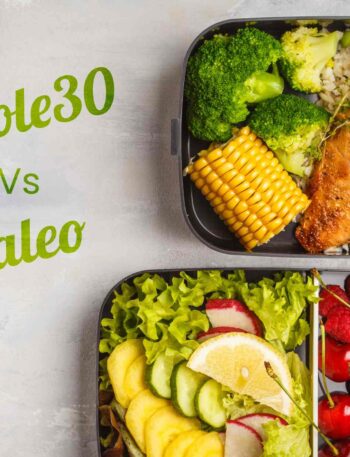
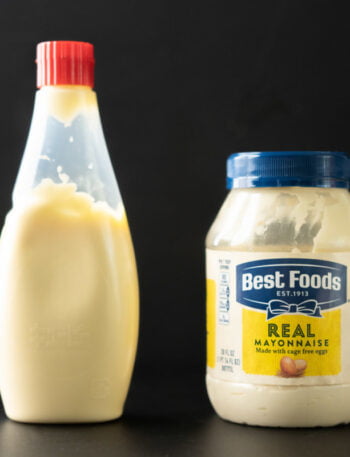


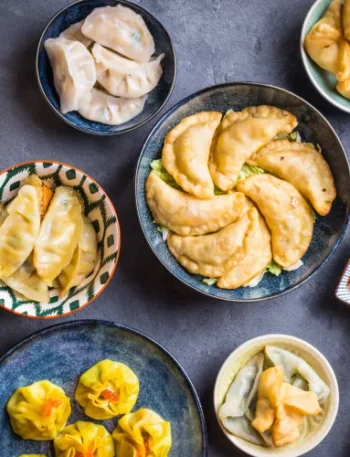
This hits on something I’ve been wrestling with — choosing ‘eco-friendly’ food is way more complicated than just picking the veggie option. It’s about the entire supply chain, not just the ingredients, and that nuance often gets lost in mainstream messaging.